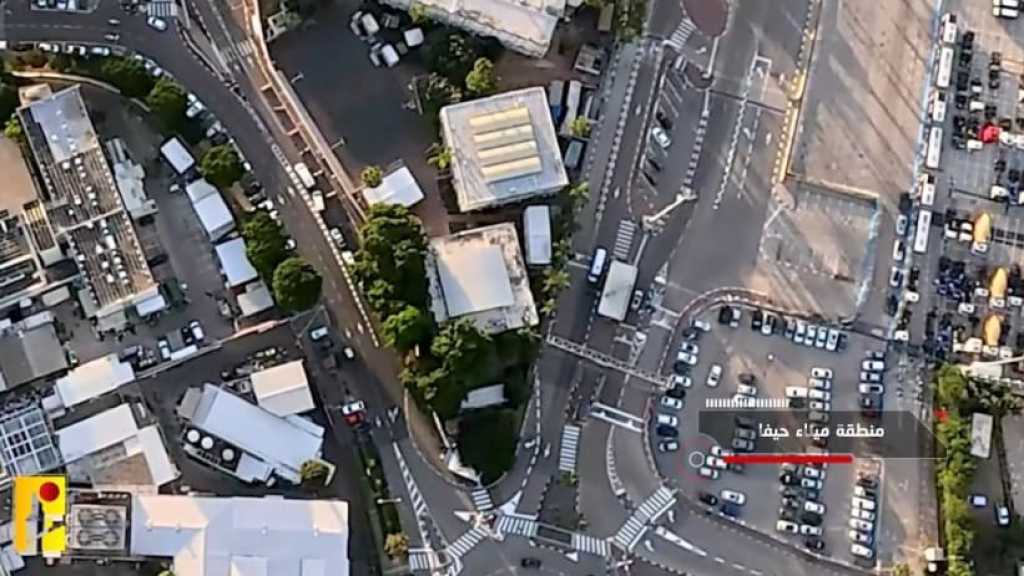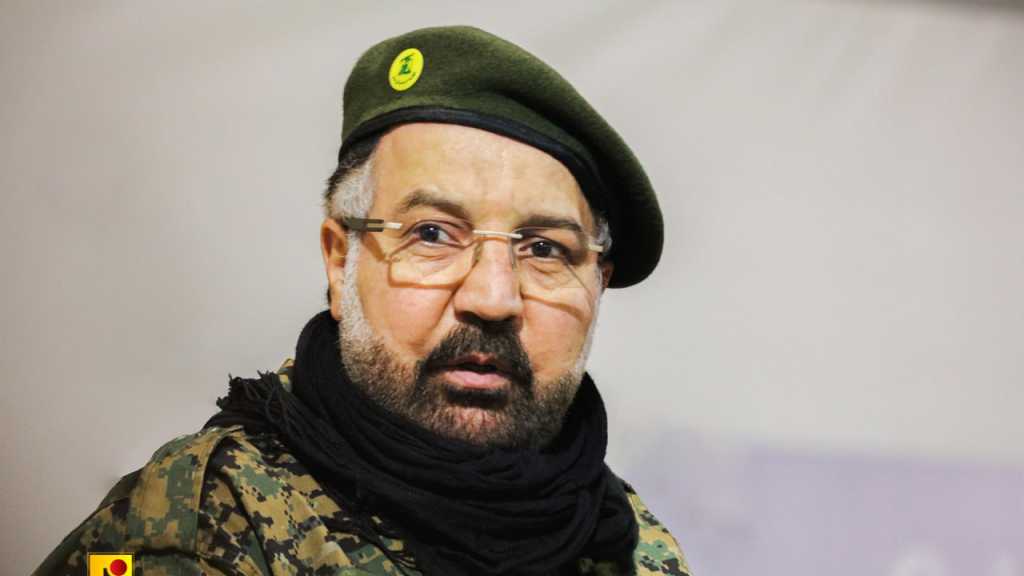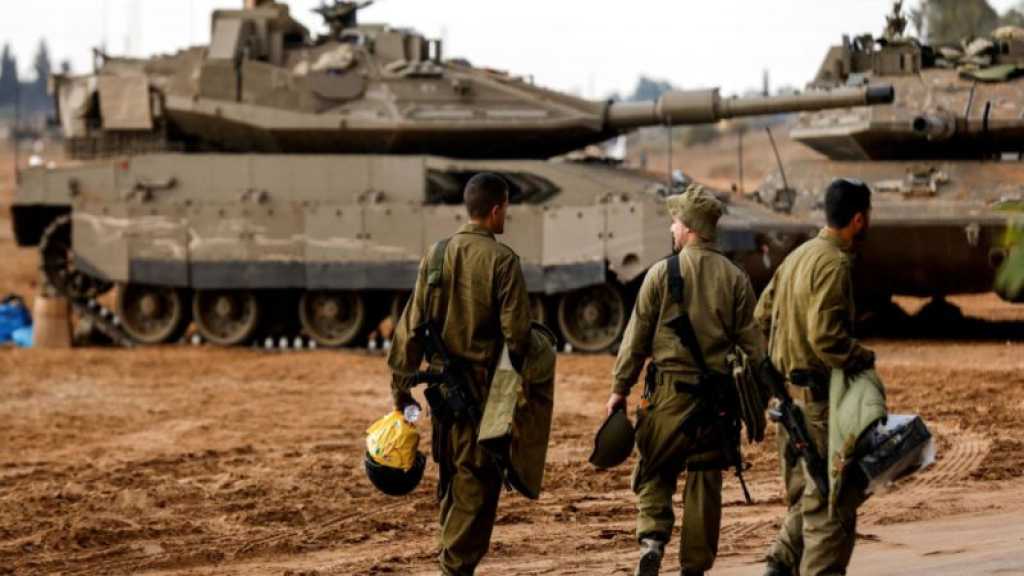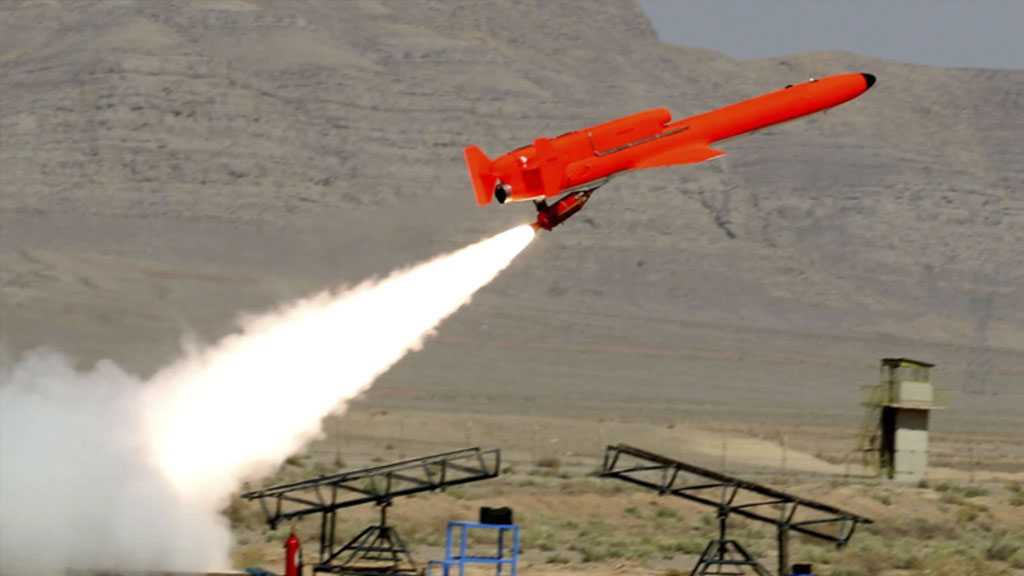Hezbollah: Forty Dimensions of Uniqueness [3/3] - The Necessities of Building an Incubation Environment
![Hezbollah: Forty Dimensions of Uniqueness [3/3] - The Necessities of Building an Incubation Environment](https://english.alahednews.com.lb/uploaded2/images/20220829092012.jpg)
By Housam Matar | Al-Akhbar Newspaper
Translated by Al-Ahed News
Hezbollah is a small organization fighting “Israel”, which is a regional entity and project with unlimited international support. Therefore, it needed material and financial assets, cadres, an incubating environment, a logistical structure, a dynamic and charismatic leadership, and a strategic geopolitical depth (national and supranational). How did Hezbollah achieve this?
In the third and final article of our three-part series detailing the emergence of the party and its forty years of existence, we continue to explore Hezbollah’s many dimensions. The following text focuses on the building of its incubation environment.
31. A leadership capable of transformations: The party leadership believed in this ability to resist due to its understanding of the historical impact of Imam Khomeini's revolution in Iran, whose success cannot be explained solely through material factors.
An in-depth study by the RAND Corporation concluded that popular support for military organizations has several sources, including the effectiveness of the institution. This is determined by, among other things, the presence of a strategic, charismatic, and effective leadership. The general public interprets reality through the eyes of the leadership that it believes in.
Hezbollah would not have built an incubation, cohesive, and committed environment without such leadership. Belonging to the party and its project is fraught with many risks and burdens and requires an enhanced ability to inspire, persuade, influence, and attract others in order to secure an adequate incubation environment capable of advancing its resistance project.
Analyses, especially hostile ones, are unanimous in the fact that Hezbollah's leadership (especially Sayyed Hassan Nasrallah) influences the group’s successes. It is a self-sacrificing, honest, charming, emotional, and wise leadership that lives the concerns of its people.
Thus, the supporters feel that their leader is part of them and integrated with them. This is reflected in a form of recognition or understanding among segments of the environment that embrace the leadership’s decisions, even if the adopted decision or position does not convince everyone.
For all this, Hezbollah’s leadership (which is a collective leadership in which decisions are made by consultation and consensus in general) is a victim of intense and systematic misinformation campaigns locally and regionally. These are designed to undermine the group and prompt people to question its motives and morals.
32- The originality of the idea of resistance: In other words, Hezbollah made the issue of resistance its main project that governs its identity, policies, and behavior. It is not a circumstantial or a tactical issue or an issue subject to bargaining.
Resistance is a second nature to the party; it is a resistance movement that practices politics and not a political movement that practices resistance. This is linked to two essential factors: the party’s identity (it is a jihadist faith movement) and its reading of the region’s crisis in that it is a crisis fueled by the state of subjugation to American hegemony.
On this basis, the party molded its incubation environment, linking the resistance to the religious/Husayni dimension, the history of the sect, and national interests.
Therefore, the party treats its resistance as a natural part of the history of the sect and the nation, by recalling the contributions of others from national, Islamic, leftist and nationalist forces.
The party repeatedly tells its supporters in its various constituencies (Shiite, Lebanese, Muslim, and Arab) of the offers it receives to compromise on the issue of resistance and the pressures it endures for refusing to make concessions.
It insists that it represents the real struggle in the nation and the homeland. This originality of the party's resistance project tightens the bonds between its popular incubators and shapes their perceptions of the resistance. As such, people are more willing to bear burdens and risks.
33- Ethical pillar: Building a symbiotic environment requires the existence of a solid moral ground that enhances social stability, deepens cooperation and peace, and imposes behavioral and political discipline.
The importance of this increases with the availability of all this material force that can push for forms of authoritarianism and impoverishment, especially with the nature of the Lebanese reality.
The party’s discourse and educational process emphasize the ethical aspects of religiosity (good deeds, charity, solidarity, relief, piety, care for the rights of others, family ethics, etc.) based on the rich heritage of hadiths and biographies of the Prophet and his household (PBUH).
The impact of this is evident in the current economic crisis, where it is easy to notice a high level of social solidarity within the party’s environment, both residents and expatriates.
34- Producing party cadres: The party pays great attention to building its cadres, especially the young ones, in order to provide them with the knowledge and skills necessary to carry out tasks that are increasingly complex.
The party takes advantage of the many students and university graduates in its circles to select those best qualified to be its working cadres.
The cadres are also involved in extensive field work directly related to addressing the people’s needs, which enhances their awareness of the social, political, and cultural reality, as well as academic knowledge.
These cadres, within the different organizational levels, serve as fulcrums in the party's body, where circles of influence and efficacy are built around them and are integrated into pre-designed networks.
The construction of institutions and qualifying cadres contribute to transferring the party’s culture and experiences from the higher echelons of power to young cadres (especially for the generation that joined the party after the liberation of the south in 2000).
This contributes to the renewal of the organization. In the course of this process, part of the internal partisan dialogue takes place, which allows the leadership to listen and engage in dialog with cadres who have intense contact with the different levels of the organization as well as with the public.
35- Intensive mass communication: It is a process that makes the party more like the nervous system of the resistance community.
Hezbollah communicates with the public through several channels. There is direct and daily communication through political and religious events (official and private), sports, scouting and entertainment activities, political meetings in villages and neighborhoods, and the provision of services through a huge network of party institutions and units. Then, there is media communication in all its forms (traditional and digital, memorials, billboards, exhibitions, etc.).
It is rare to see a political organization that is involved at this level with its supporters; party leaders and cadres visit villages and neighborhoods all year round and hold political seminars in which they listen, answer, and discuss; its leadership continuously address them, presenting its positions, visions, and interpretations.
Thus, the party communicates with the supporters from different angles that reflect its professional, age, regional, and scientific characteristics, hobbies and needs.
Thus, the public receives consistent messages that confirm the narratives promoted by the party. At the same time, this intense communication allows the party to listen and understand its supporters' trends (this is in addition to the continuous opinion polls that the party silently conducts). Hence, this is an additional factor in the decision-making process, in how the decision is presented, or in how the topics of public discourse are determined.
36- Comprehensiveness of social services: From the beginning, the party owned modest service institutions to meet the needs of its resistance fighters and their families. Then, it began to expand to respond to the reality of its marginalized public environment.
Providing these services is the shortest way to the minds and hearts of the public, and it is pleasing to God according to Islamic culture and loyalty to the people who embrace the resistance.
These institutions have expanded enormously and are now meeting the needs of hundreds of thousands of citizens (dispensaries and hospitals, lending, subsidized schools, agricultural and animal development support, rehabilitation centers for addicts and neurological diseases, student grants, student guidance, care for vulnerable groups, food stores at subsidized prices, in-kind donations, etc.).
These services make the party closer to the people, and large numbers of volunteers who carry the party’s message participate in providing them.
They are provided as part of jihad represented in lifting deprivation and defending the weak. Thus, these services enhance the resistance of the Islamic identity within the community.
Researchers have concluded that these services are an important factor in explaining popular support for the party but not the main reason, because many of those who do not benefit from it (either they are not in need or are expatriates) are supporters of the party.
They concluded that the most prominent reason for the party’s support within its environment stems from the security it provides and making those who are part of that environment feel strong and empowered. This service network has given the party flexibility to deal with the financial and economic collapse in Lebanon by expanding the range of services to mitigate the effects of the collapse on the downtrodden segments.
37- Giving meaning to the movement of society: Hezbollah created a historical task for its society to organize and manage its affairs through it, which is to bear the responsibility for the resistance project.
The party has done this by defining this mission as a religious, historical, national, and humanitarian duty, as well as linking the issue of resistance to the daily interests of the people.
The choice of resistance, apart from being a natural extension of the group's religious and political history, as the party sees it, is part of its material interests in the present and the future.
The fierce media and political attacks against the party help create a kind of social solidarity within the party’s environment over the concept of resistance, which has become the centerpiece of the collective identity that is threatened and a source of pride at the same time.
Here, partisan institutions evoke the history of the Lebanese Shiites and their men and show their roles in resisting the various forms of occupation.
38- Honest and balanced discourse: Hezbollah needs to talk to several social incubators from different cultural backgrounds, including within the Shiite community itself.
It also needs a state of internal stability, and it does not struggle for power in the traditional sense. Therefore, the party cannot present an extremist discourse.
Here, the party benefited from the experience of its "embryonic" discourse in the 80s, as it worked on developing it after discovering the reality of local peculiarities.
In its discourse, the party emphasizes the inclusive elements, reiterating its Lebaneseness, Arabism, Islamism, and identity as a national liberation movement, which allows it to build bridges with different environments with varying degrees of strength.
The party's rhetoric is based on extremism regarding the struggle with the enemy and on openness, recognition, and understanding in other issues, which sometimes provokes blame from its supporters, who consider it too soft, or criticism from others who see it as a conciliatory discourse with the current situation in Lebanon.
39- Getting out of the narrow partisan mentality. With the rise of the party's strength and prestige, it no longer needed to engage in traditional party rivalries.
So, over time, it tended to act as an entire community/nation rather than a party. This allowed the party a measure of flexibility to communicate and build bridges with segments that differ with its culture and agree with it in other issues, foremost of which is the resistance.
On many occasions, the party launches media campaigns that miss its official slogan, contributes to supporting activities and institutions that are not within the party’s structure, and non-partisan figures in ministerial, union, and administrative positions.
Within this context, Hezbollah tends to work through broad national alliances and partnerships as much as possible on the basis of its strategic options related to the resistance, with the necessary consensus, stability, and political leverage. The margins of differentiation between the party and its allies in local politics narrow and widen according to the topic and stage.
40- Focusing on religiosity: The party is interested in spreading religiosity within its society and allocates great resources to that as an Islamic and faith movement in the first place.
It believes that the religious dimension preserves the project of resistance and the authenticity of its society’s identity and protects it from penetration and disintegration.
However, as much as the party is concerned with the form of religiosity in the private and public spheres, it was keen from the beginning to revive the revolutionary dimension of Shiism. It also made belonging to the resistance and support for the Palestinian cause a political component of the Shiite and Islamic identity.
This is most evident in the party's Ashura discourse, which sees America the Yazid of the age and relies on this revival of popular mobilization to fight and prepare for sacrifice.
As much as the party is concerned about the emergence of forms of atheism, it is also concerned about the emergence of forms of non-political, non-revolutionary religiosity that does not have a project related to the challenges of the era.
Therefore, as much as the party is keen on the strength of religiosity in its social environment, it is also keen that religiosity be against domination and occupation.
Conclusion
For 40 years, Hezbollah has continued its upward trajectory in building power equations against the “Israeli” enemy. For 40 years, it chose to engage with challenges, face crises, deal with deficiencies, seize opportunities, learn, and develop.
In its last decade, the party faced complex regional and local challenges that are likely to become more complex due to the stormy crises within the regional and international spheres.
This series shows what emerged from the party’s experiences with attitudes and practice. But writings about the party should have a measure of caution since it is a resistance movement first and foremost, and its jihadist component forms its heart and soul.
The ambiguities, secrets, and mysteries surrounding the party are extensive, and this is one of the sources of its deterrent power. After the 2006 war, the “Israeli” enemy was stunned (six years had passed since the liberation) at what it had found, to the extent that one of the “Israeli” conclusions was that the “Israeli” army must be an army of “black swans”, that is, be prepared for all surprises and for all that can be imagined before fighting Hezbollah in the future.
But will that be enough? We won't know until after the war, but the enemy's reluctance to attack helps us in speculating about the answer.
The great challenge facing the party today is how to manage the problems arising within all of these factors, in connection with generational changes, rapid and intertwined internal and external transformations in the political, social, cultural, and technological fields, the increasing complexity of the tools of its enemies, and organizational facts in the party’s structure.
Interaction with these challenges will determine much of Hezbollah's image, position, and role in the next 40 years.
Comments




